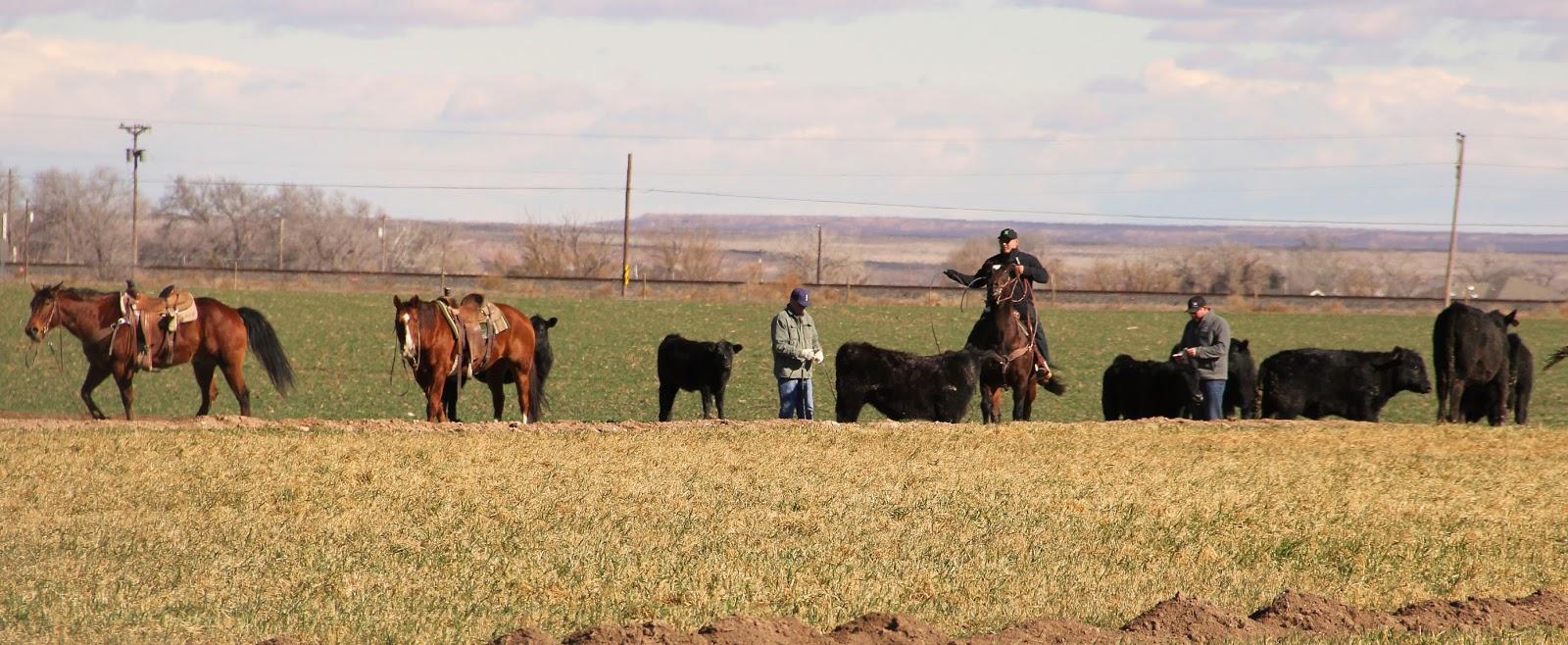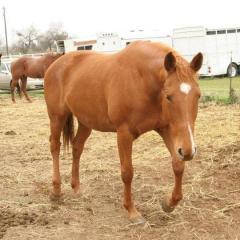
Everything posted by Rogan
-
Camping World - Banks Exhaust Brake 12Valve sale
I didn't only because ill be putting an he351 on soon. :-( on the move...
-
Smoke switch
Basically, what you're creating is a whole bunch of fuel in the cylinders without the accompaniment of adequate air for proper combustion.Too much (relatively) and you wash down the cylinder walls of their lubrication, which is a new problem all together. Also the chance for excess fuel to make its way past the rings and into the oil.Granted, these are worst-case scenarios, but valid and probable concerns.
-
Smoke switch
pull an intercooler coupler off. It'll smoke like a tire fire. :lmao:I blew a coupler apart once while hauling 15,000lb trailer up a 7% grade.. I basically shut the 4-lane road down due to zero visibility.. :thumb1:And my EGTs sky-rocketed.
-
Thread Sealant for Gauge Install
Teflon tape The purpose of this white, non-sticking tape is to serve as a lubricant when threaded parts of a piping system are being assembled. The inherent slipperiness of the material makes assembly easier. Strictly speaking, Teflon tape is not a thread sealant. The tape may have the effect of clogging the thread path, but it does not actually adhere to surfaces as a true sealant should. During installation, the tape must be carefully wrapped in the direction of the threads or it unravels and tears. Advantages Teflon tape can be applied quickly with no mess. It supplies sufficient lubrication to enable pipe system components to be easily assembled without damage to threads. The product is easy to carry and store, and has an indefinite shelf life. Disadvantages Teflon tape does not adhere to thread flanks, and does not provide a secure seal. Because the tape is thin and fragile, it is prone to tearing when pipes are being assembled and tightened. Bits of torn tape can migrate into a fluid system, clogging valves, screens, and filters. Teflon tape may be dislodged during pipe adjustments, allowing leak paths to form. Recommended uses Widely used in plumbing, this material is adequate for assembling standard water pipes and fittings. Teflon tape offers no resistance to vibration and should be avoided in high-pressure systems. Bottom line, you shouldn't need it with the NPT fittings, as they're tapered to start with, and are designed to seal upon tightening.
-
edge and airdog deal, is it worth it?
Agreed with all the above. when I put a used EJwA on my '01, it was like WOW!! A Whole New Truck, it seemed! I paid $300 for my used EJwA + Hot Unlock, but I got a better than average deal, IMO. However, shortly after, the FP gauge portion quit working, so I added a manual gauge. Then one day, the display went out completely.. A few days later, it came back, but I had no gauge info during that time. So I concur on the separate gauge setup in addition to the programmer.
-
Camping World - Banks Exhaust Brake 12Valve sale
http://www.campingworld.com/shopping/item/banks-brake-system-1994-98-dodge-5-9l/21297 Banks Brake System - 1994-98 Dodge 5.9L Catalog Item # 21297 This Item is In-Stock and Ready to Ship Internet SALE $315.00 SAVE $682.50 Reg $997.50 FREIGHT : Add $40.00
-
Looking at going to 19.5" wheels and tires.
I looked at the KDAs before, but I didn't see an offered size in the 19.5"
-
AC light blinks non-stop
Rhythmic. on the move...
-
Lack of power
I would suspect the battery cable as a fluke, IMO, since they'll run without batteries, altogether.
-
AC light blinks non-stop
pic of the climate control? or a vid of the blinking? Here's what the climate control looks like: the two LEDs above each of the right buttons are what blinks
-
NV4500 Problem shifting into reverse
try easing the clutch out a little, while attempting to put it into reverse, and let us know..
-
AC light blinks non-stop
I figured as much lol j/kThe AC functions, and such, just trying to figure out what is causing the blinking, and how best to diagnose what it actually is.
-
AC light blinks non-stop
My buddy has an '04 3500SRW. His AC and recirc(?) LEDs blink constantly, but everything seems to work. Any idea as to what the reason is, and what is needed to fix it?Thanks,Rick
-
HE351cw on a 12v
I have the 07 dp but need a vband for it. on the move...
-
Tire Pressure Calculation
agreed, but it looked a little puffier than normal.
-
Tire Pressure Calculation
They seem to balloon out if I run lower. I was running them around 60, but the sidewalls looked to be really bulgy at the ground surface.I'll see if I can go out at lunch and snap a couple pics of the tire wear.
-
Tire Pressure Calculation
I've got about 5000mi on my Treadwrights now. I had an alignment done when they were installed. I run about 70psi on the steer axle, and 45psi in the duals.They are wearing a little funny, and I can't figure out why. I don't know if it's the softness of the compound, or if it's an alignment or pressure issue..The fronts and rears wear opposite. By that, I mean the front tire lugs wear more on the trailing edge, and the rear tire lugs wear more on the leading edge.
-
Just want to say Thank you!!!
- TOOL Definitions
- TOOL Definitions
TOOL DEFINITIONS: DRILL PRESS: A tall upright machine useful for suddenly snatching flat metal bar stock out of your hands so that it smacks you in the chest and flings your beer across the room, denting the freshly-painted part which you had carefully set in the corner where nothing could get to it. WIRE WHEEL: Cleans paint off bolts and then throws them somewhere under the workbench with the speed of light. Also removes fingerprints and hard-earned calluses from fingers in about the time it takes you to say, ''What the...'' ELECTRIC HAND DRILL: Normally used for spinning pop rivets in their holes until you die of old age. SKILL SAW: A portable cutting tool used to make studs too short. PLIERS: Used to round off bolt heads. Sometimes used in the creation of blood-blisters. BELT SANDER : An electric sanding tool commonly used to convert minor touch-up jobs into major refinishing jobs. HACKSAW : One of a family of cutting tools built on the Ouija board principle. It transforms human energy into a crooked, unpredictable motion, and the more you attempt to influence its course, the more dismal your future becomes. VISE -GRIPS: Gener ally used after pliers to completely round off bolt heads. If nothing else is available, they can also be used to transfer intense welding heat to the palm of your hand. WELDING GLOVES: Heavy duty leather gloves used to prolong the conduction of intense welding heat to the palm of your hand. OXYACETYLENE TORCH : Used almost entirel y for lighting various flammable objects in your shop on fire. Also handy for igniting the grease inside the wheel hub you want the bearing grease out of. TABLE SAW: A large stationary power tool commonly used to launch wood projectiles for testing wall integrity. HYDRAULIC FLOOR JACK: Used for lowering an automobile to the ground after you have installed your new brake shoes, trapping the jack handle firmly under the bumper. EIGHT-FOOT LONG YELLOW PINE 2X4: Used for levering an automobile upward off of a trapped hydraulic jack handle. TWEEZERS: A tool for removing wood splinters gained from using a 2X4 to try to lift an automobile off of a trapped hydraulic jack handle. PHONE: Tool for calling your neighbor Chris to see if he has another hydraulic floor jack. E-Z OUT BOLT AND STUD EXTRACTOR: A tool ten times harder than any known drill bit that snaps neatly off in bolt holes thereby ending any possible future use. BAND SAW: A large stationary power saw primarily used by most shops to cut good aluminum sheet into smaller pieces that more easily fit into the trash can after you cut on the inside edge of the line instead of the outside. TWO-TON ENGINE HOIST: A tool for testing the maximum tensile strength of everything you forgot to disconnect. CRAFTSMAN 1/2 x 24-INCH SCREWDRIVER: A very large pry bar that inexplicably has an accurately machined screwdriver tip on the end opposite the handle. AVIATION METAL SNIPS: See hacksaw. PHILLIPS SCREWDRIVER: Normally used to stab the vacuum seals under lids and for opening old-style paper-and-tin oil cans and splashing oil on your shirt; but can also be used, as the name implies, to strip out Phillips screw heads. STRAIGHT SCREWDRIVER: A tool for opening paint cans. Sometimes used to convert common slotted screws into non-removable screws. PRY BAR: A tool used to crumple the metal surrounding that clip or bracket you needed to remove in order to replace a 50 cent part. HOSE CUTTER: A tool used to make hoses too short. HAMMER: Originally employed as a weapon of war, the hammer nowadays is used as a kind of divining rod to locate the most expensive parts adjacent the object we are trying to hit. MECHANIC'S KNIFE: Used to open and slice through the contents of cardboard cartons delivered to your front door; works particularly well on contents such as seats, vinyl records, liquids in plastic bottles, collector magazines, refund checks, and rubber or plastic parts. Especially useful for slicing work clothes, but only while wearing them. AIR COMPRESSOR: A machine that takes energy produced in a coal-burning power plant 200 miles away and transforms it into compressed air that travels by hose to a Chicago Pneumatic impact wrench that grips rusty suspension bolts last tightened 40 years ago by someone in Abingdon, Oxfordshire and rounds them off. FUKKERRRR TOOL: Any handy tool that you grab and throw across the garage while yelling ''FUKKERRRR'' at the top of your lungs. It is also, most often, the next tool that you will need.- Suspension help
Here's my 33" Hankooks on stock rear suspension and a 2" front leveling kit, for reference. 3.55s, 6 speed.- P7100 throttle sticks off-idle
thanks, guys I'll check those out. Seems in the afternoon, when it's warm, and in the 70s, it'll not stick (at least nowhere near as often).It did this once before, but then it was the rod that connects the linkage to the pump rack; it was catching on the PS cap. This time, that is not the case.- P7100 throttle sticks off-idle
I noticed that since it's started to get colder at night here (40s), my throttle seems to stick on idle position. It feels almost like it's caught on something, and takes a good bit of pedal pressure to release it.It will do this several times on the way to work, as I make my way through stoplights. If I come to a stop, wait a second or two, then touch the throttle, it's fine. If I leave it alone and wait on the light to change, then hit the throttle, 50% of the time, it'll stick.WTF? I can't see where it's catching on anything. I use 2stroke in my fuel so I'd hope it's not the rack sticking..- Suspension help
Are the blocks double-stacked in the rear? There should be a single, roughly 3-4" tall block under the rear leaf springs. If that's what you have, then that is a factory rear setup; leave the block in.- Suspension help
with stock blocks and no coil spacers, it'll obviously be high in the rear (since it's designed to carry weight and sit fairly level with weight on it).If it sits level now, with 35s, it'll sit level with 33s on it.Remember, you're only lowering the truck's overall height by (at most) 1" when dropping from 35s to 33s.



